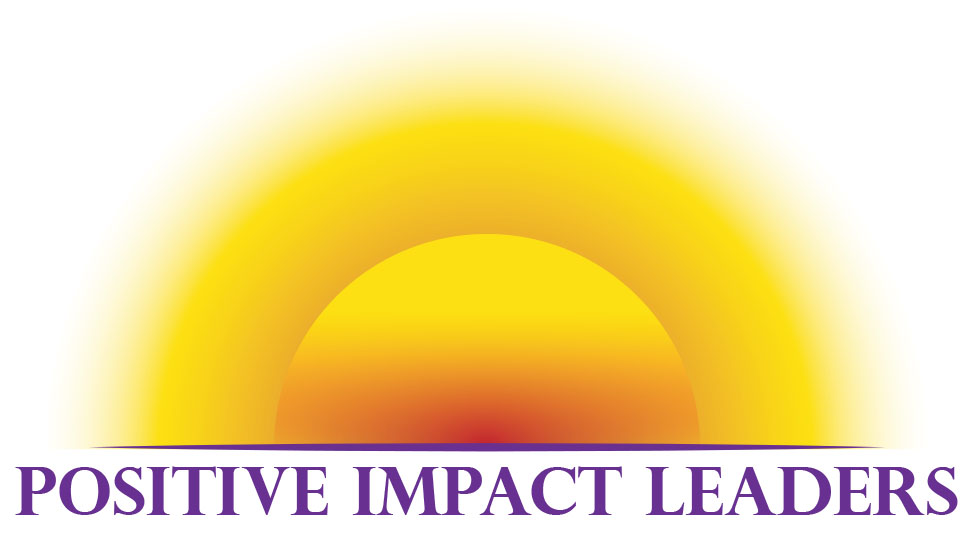I had the opportunity to go on a vacation that had been on my “bucket list” for years. In September, I went on an African photo safari! It was everything I hoped it would be and more and I’m doing a pretty good job of hanging onto hakuna matata, meaning “no worries” in Swahili. In telling people I was going on the trip and sharing when I returned from the trip, I received a variety of responses. The most memorable responses included – “Don’t get killed,” “Black Mamba,” “Where in Africa?” “Don’t kill any lions,” “How exciting!” “How was it… I was in Africa back in …” “Was it everything you’d hoped it would be?!”
In thinking about the different responses I received, it reminded me of a study in the book Flourish, by Martin Seligman. In the study, a University of California psychology professor, Shelly Gable, demonstrated how we celebrate is more predictive of strong relations than how we fight. Our response to someone’s good news either builds the relationship or undermines it. Dr. Gable identified four possible responses and of the four ways to respond, only one builds the relationship:
| Active and constructive response | This response is authentic, enthusiastic support. For example, “That is great, I am so proud of you! I know how important that promotion was to you! Tell me all about it. We should go out and celebrate.” Nonverbal responses are equally important so during this response it is important to maintain eye contact and display positive emotion such as smiling, touching and laughing. |
| Passive and constructive response | This response is understated support. For example, “That is good news. You deserve it.” Nonverbal messages communicate little to no active emotional expression. |
| Active and destructive response | This response points out negative aspects of the event(s). For example, “That sounds like a lot of responsibility to take on. Are you going to spend even fewer nights at home now?” Nonverbal messages include displays of negative emotions including a furrowed brow and frowning. |
| Passive and destructive response | This response ignores the event completely. For example, “What’s for dinner?” with little to no eye contact and leaving the room. This response shows no engagement with the content whatsoever. |
In reading the four responses, you have likely identified that the active and constructive response is the only one that builds the relationship. In mapping the responses I received, I put them in the categories:
| Active and constructive response | “How exciting!”“Was it everything you’d hoped it would be?!” |
| Passive and constructive response | “Where in Africa?”“How was it… I was in Africa back in …” |
| Active and destructive response | “Don’t get killed”“Black Mamba”
“Don’t kill any lions” – This came on the heels of Cecil the lion being lured out of a National Park in Zimbabwe who was then killed by an American recreational hunter. |
| Passive and destructive response | Fortunately, I didn’t receive any of these responses. |
In thinking about the active and destructive responses, I remember a moment of, “Huh?” when I received the response. The most unusual response to my trip was “Black Mamba,” to which I replied, “A snake?” The response was, “Yeah, they have Black Mamba snakes in Africa so don’t get bitten.” I remember thinking, “How do I respond to that?!”
When someone shares good news in an energetic, celebratory tone that you can see in their body language, they’re looking for you to be excited about their news too. It means being animated and positive with your words, tone of voice, and body language, and when you’re not, it’s like throwing cold water all over their enthusiasm. For me, a destructive response alienated me from the other person who pointed out the negative aspects of the event using a negative tone of voice and negative emotions. It made me not want to share any more information about the trip and will likely make me think twice about sharing good news with them in the future.
So the next time someone shares good news with you, remember you have a choice in how you respond that can build the relationship or undermine it. I hope you choose to build it.

